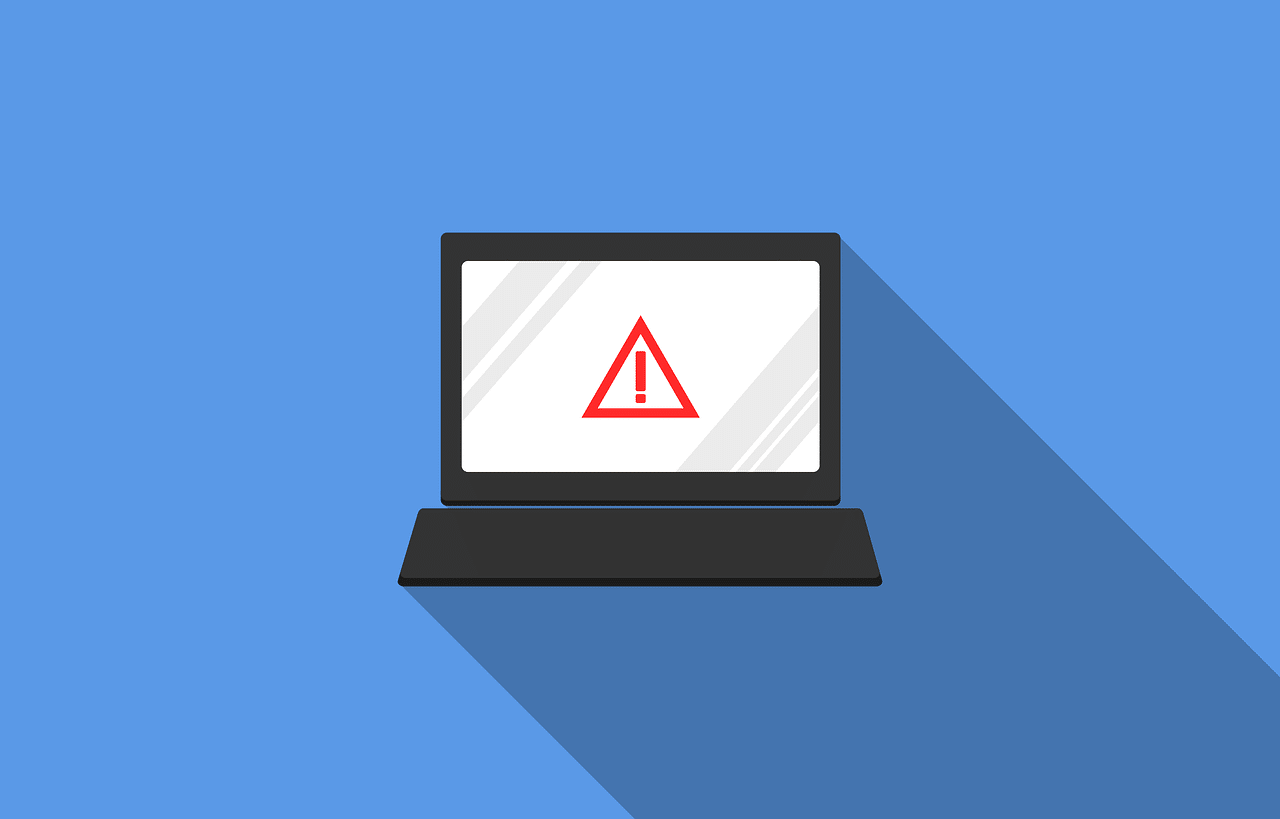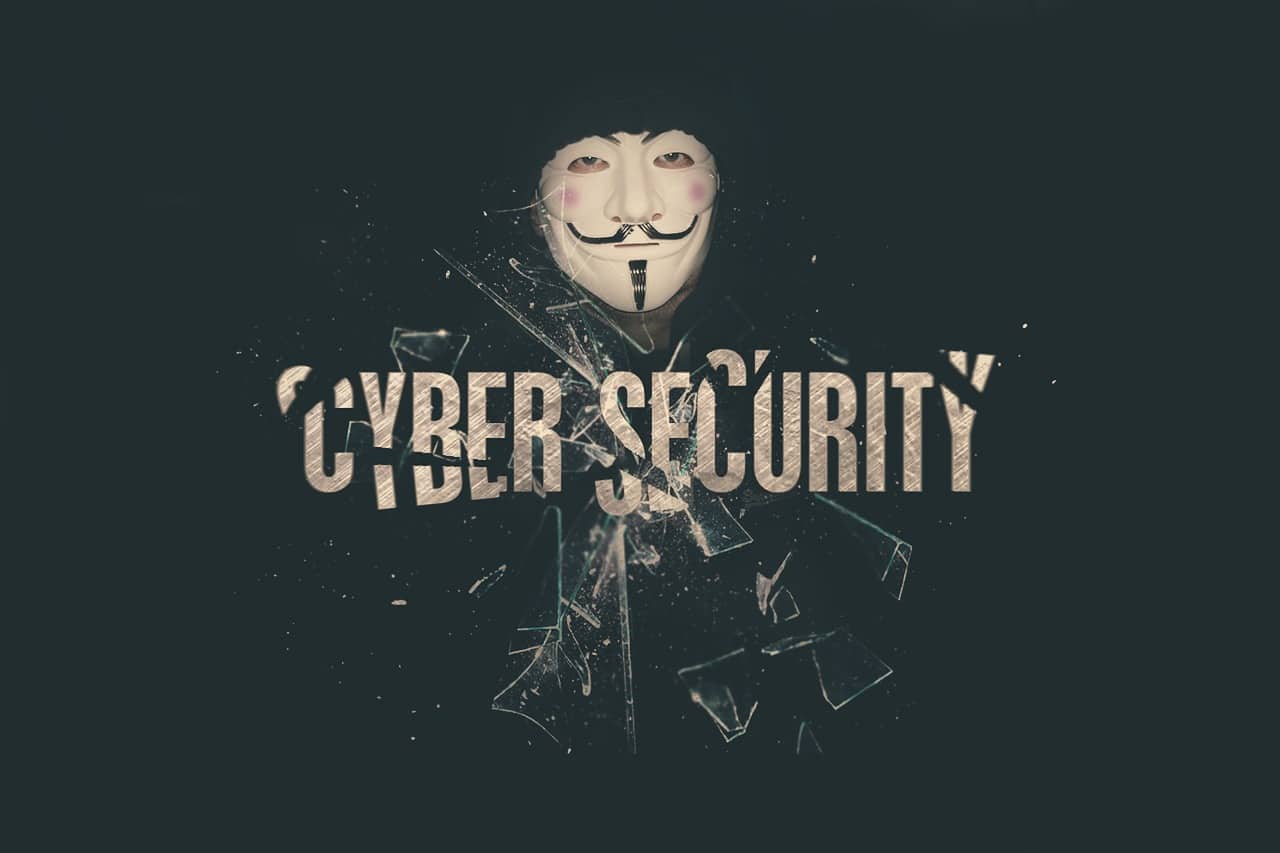In September 2017, CNBC reported that 1.9 billion data records were stolen during the first half of the year. That’s a whopping 164% increase from the prior-year period: an unmistakable sign that the cyber threat landscape is darkening. If your company isn’t keeping pace with the changes — by learning how to answer ransomware threats, implementing multi-factor authentication, and developing formal cybersecurity protocols — it’s vulnerable to costly, disruptive attacks. As we move into 2018, these five top technology risks loom large.
IMAGE: PIXABAY
1. Ransomware
Ransomware is an increasingly pervasive form of malware that infects targeted systems through tainted or unsecure websites, phishing emails, and other means. In a typical ransomware attack, the victim’s system is locked until he or she pays a ransom, usually in Bitcoin or another cryptocurrency, to the anonymous “hostage taker.”
Since ransoms are often relatively small — not more than a few hundred dollars — ransomware is often characterized as a nuisance. But it’s a serious threat for small businesses that can’t afford even modest ransoms — or, perhaps more importantly, any operational interruptions at all. To minimize ransomware-related disruption, back up your system regularly.
2. Mobile Malware
Mobile devices remain less secure than desktop and laptop devices. Cybercriminals happily capitalize on the discrepancy. The single most important thing you can do to protect against mobile malware attacks is to install and run a trusted anti-malware program on your phone or tablet at all times.
3. Soft IoT Targets
The Internet of Things — IoT — has virtually unlimited promise. Gartner forecasts more than 20 billion connected devices (“things”) in use by 2020: home appliances, climate control systems, entertainment devices, and much more.
IoT sensors promise to revolutionize business and home life alike, but they present dangers too. IoT devices are far less secure than personal and business computing systems, and there’s no real security standard across the class. This isn’t to say that your company shouldn’t embrace IoT — only that it need be cognizant of the risks as well.
4. Cyberbullying And Blackmail
Cyberbullying isn’t a security risk per se, but it’s detrimental to workplace productivity and morale. Institute-written workplace policies that acknowledge the issue and hold employees (or external actors, to the account practical and permitted by law) accountable for such activity.
Blackmail — using online statements or publicly available information from employees and management to extract concessions from the company — is a competitive and financial threat. Make sure your regular cyber threat assessments include this potential vulnerability.
5. Cryptocurrency Risk
Many businesses are embracing cryptocurrencies such as Bitcoin. If you run an e-commerce portal or work in a tech-adjacent industry, it’s entirely practical at this point for you to accept Bitcoin as payment for goods or services rendered.
That said, you shouldn’t do so without first assessing the potential downsides. Cryptocurrencies are inherently volatile, so you shouldn’t assume that Bitcoin is a foolproof investment based on its market performance over a limited timeframe.
Technology Risks – Vigilance Pays
Unfortunately, these aren’t the only cyber threats your business can expect to face in 2018. If you take one piece of advice away from this article, let it be this: Vigilance pays. Expect the unexpected — and be ready to meet it at every turn.
If you are interested in even more business-related articles and information from us here at Bit Rebels then we have a lot to choose from.


COMMENTS